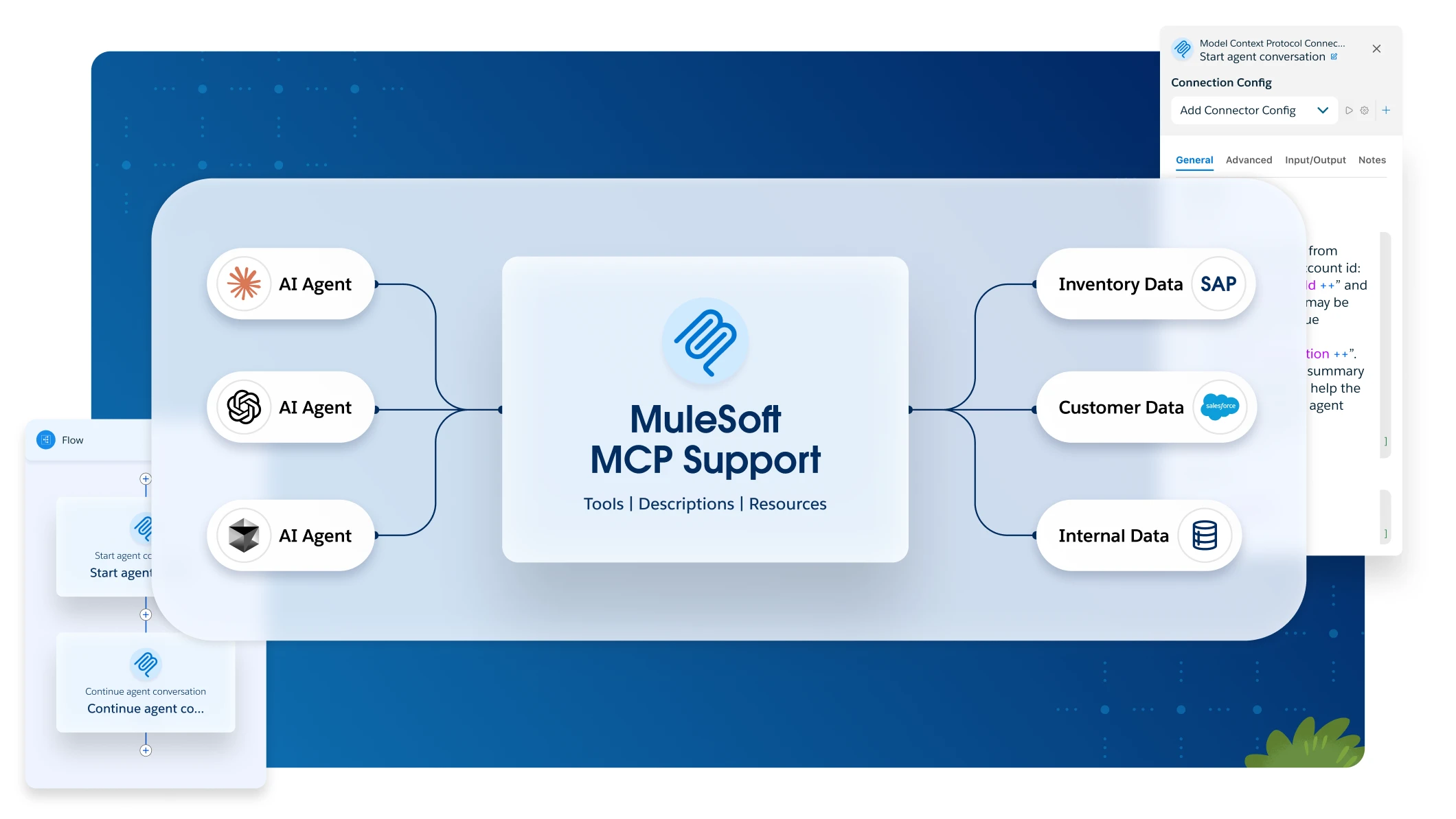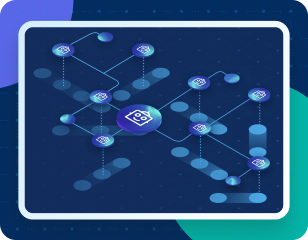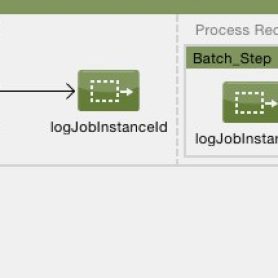Latest posts
Working with Certificates
As you probably know, one of the most common ways to secure communications over a networks is the use of certificates. And although this... read more.
Minding the API Hierarchy of Needs
The rising popularity of APIs as an architectural and development pattern has driven a massive shift in how we think about application and systems... read more.
Simplify authentication and user management with Mule and Stormpath
The dreaded user table. Think about it: whenever you start working on a new end-user application, you’ll have to create a table to store... read more.
Introducing the Mule Requester Module
Today I am going to introduce a recently created module: Mule Requester. As its name may hint, its goal is to allow the request... read more.
Batch processing performance in the cloud
Today I will introduce our performance test of the Batch Module introduced on the Mule's December 2013 release. I will guide you through the test... read more.
Data Synchronizing made easy with Watermarks
We've all been there. Sooner or later, someone asks you to periodically synchronize information from one system into another. No shame to admit it, it... read more.
When ETL met the ESB: Introducing the Batch Module
We are all very proud to announce that Mule's December 2013 release shipped with a major leap forward feature that will massively change and... read more.
API wars are coming
APIs are causing a huge technology disruption. Developers armed with APIs are changing the enterprise IT landscape. The tech world is being turned upside... read more.
On-Demand Webinar – SOA and Legacy Modernization: The first step to the New Enterprise
In this installment of our MuleSoft webinar series, we discuss how to identify legacy assets within your organization, synchronize data between modern and legacy... read more.
Introducing APIkit
Hot on the heels of the announcement of the RESTful API Modeling Language (RAML) by the RAML working group, I am very happy to... read more.







